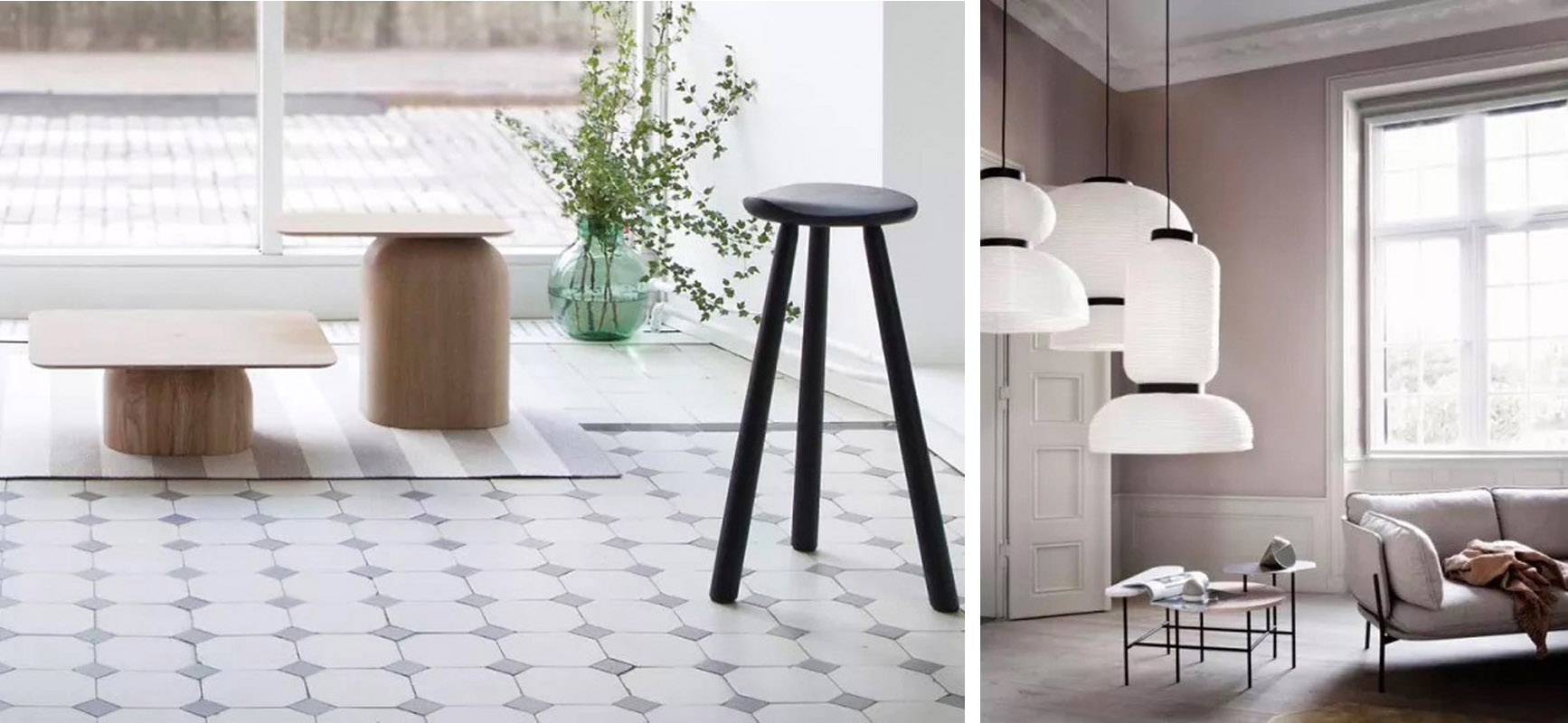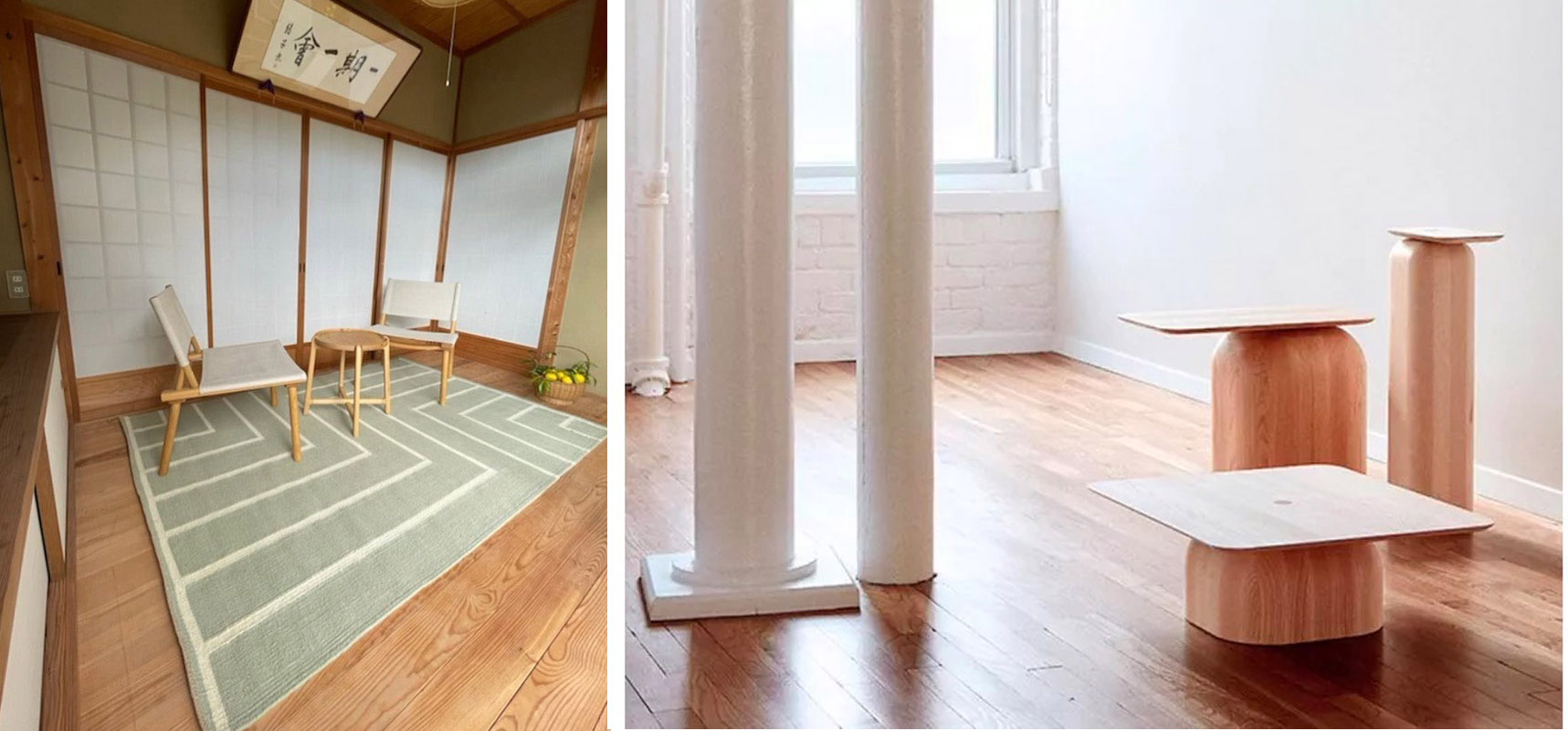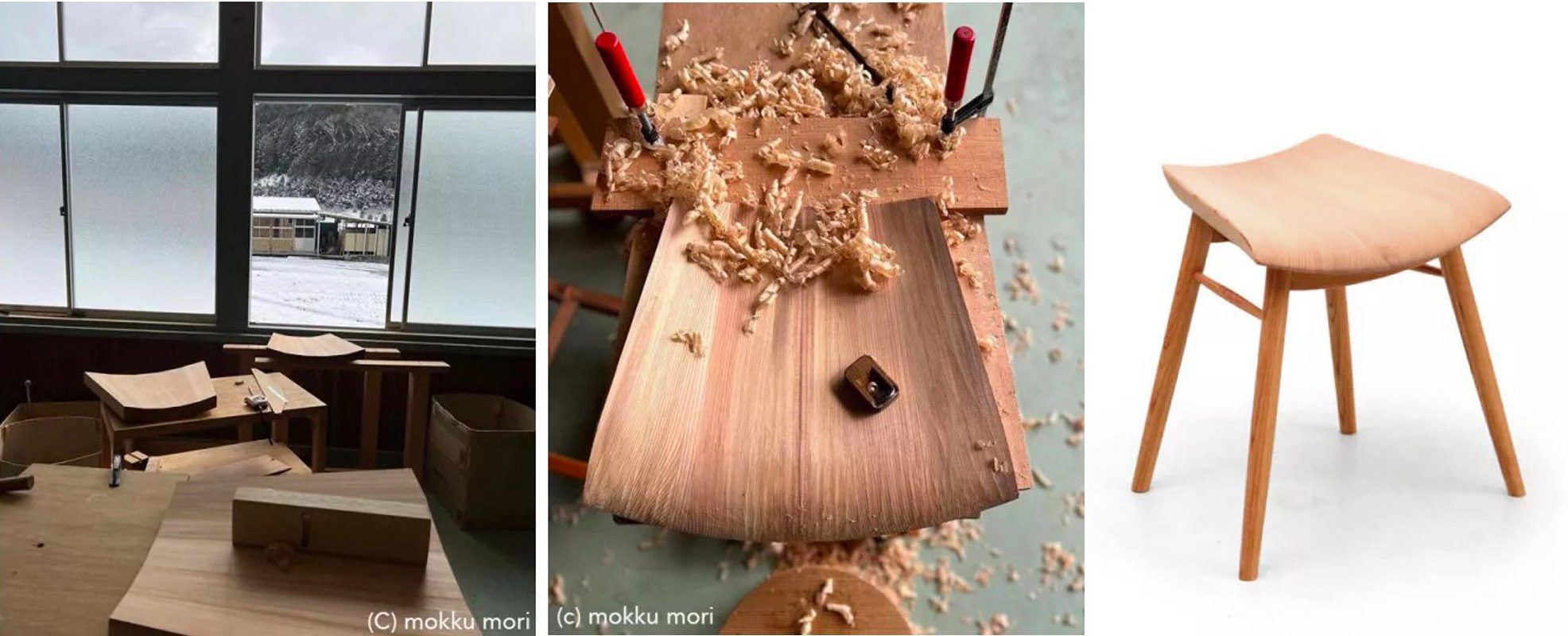Everything you need to know about Japandi
Japandi: A Minimalist Fusion with Timeless Elegance
When Japanese refinement meets Scandinavian simplicity, a decorative alliance emerges, giving rise to the Japandi style. More than just a passing trend, it embodies the subtle balance between two cultures, transcending time.
Galerie Møbler takes you to the heart of this ancient and timeless aesthetic and provides you with the keys to Japandi.Japandi, a blend of "Japan" and "Scandinavia," distinguishes itself by the delicate art of combining light tones, natural materials, and clean spaces.
This fusion of influences is more than just an aesthetic – it is a way of life in its own right. The essence of Japandi lies in the peaceful coexistence of two worlds, creating a unique visual and emotional balance. At a time when minimalist decoration stands as an icon of refinement, Japandi stands out by combining simplicity with timeless sophistication. Neutral and soothing tones interweave with natural materials, creating an atmosphere that is both warm and uncluttered.
This subtle marriage of styles gives Japandi a timeless elegance that transcends fleeting trends.Galerie Møbler had the privilege of talking to renowned designers, passionate authors, and visionary influencers who have all succumbed to the charm of Japandi. Their insights provide a deeper understanding of this style and offer inspiring recommendations for elegantly incorporating Japandi into your interiors.
What is the Japandi style?
Japandi, born from the fruitful union of Japan and Scandinavia, transcends the mere status of a trend to become a timeless way of life. Laila Rietbergen, author of the book "Japandi Living" (Lannoo Publishers, 2022) and the creative force behind the Instagram account @japandi.interior with 650 K followers, sheds light on this subtle alliance dating back to ancient times.
A History Woven with Cultural Ties
Long before Japandi made its modern breakthrough, the relationships between Japan and Scandinavia were woven over the centuries. After two centuries of closure, Japan opened its borders in the 1850s, captivating Scandinavians with its culture and unique treasures. These discoveries then became major sources of inspiration for Scandinavian artists and designers, laying the foundations for the Japandi we know today.

photo : Tables and stools by Nikari, Suspension Formakami JH3 de Jaime Hayon pour And Tradition
The Unmissable Features of Japandi
Nature
The shared inclination of Japan and Scandinavia towards nature brings the outdoors inside. Wood, hemp, soft and organic forms – these natural elements intertwine to create an aesthetic where harmony with the environment takes precedence. Sustainability and craftsmanship become essential pillars of this intimate connection with nature.
Minimalism
Simplicity becomes a doctrine in the world of Japandi, uniting the Japanese and Scandinavians in a common quest for decluttering and purity. Spaces breathe, objects are only those that are necessary and loved. Minimalism, elevated by creators like Dawid Lagua, becomes the very essence of Japandi.
Wabi-Sabi
Rooted in the essence of Japandi, wabi-sabi, a seven-century-old Japanese concept, celebrates imperfection and subtle beauty. It is an ode to rustic simplicity and subtle elegance, a philosophy that encourages acceptance of impermanence and appreciation for the unfinished. Aaron, a Japandi style enthusiast, incorporates these principles through wooden furniture, imperfect objects, and light colors.
Functionality
Every object in a Japandi interior is carefully chosen for its functionality. Inspired by Japanese interiors, where each element has a specific role, Japandi enthusiasts follow the path of functionality above all.
Brightness
Clarity, through plays of light and light tones, is an essential element of Japandi. It is a search for visual serenity, where neutral and warm colors convey an atmosphere of calm. For decorator Sergi Comellas, the importance of natural and decorative light transforms spaces into warm environments.
Craftsmanship
Craftsmanship holds a place of honor in Japandi. Both cultures share a deep love for handmade, durable objects imbued with elegant simplicity.
A Philosophy of Life
Beyond its aesthetic dimension, Japandi becomes a refuge, an oasis of calm in a busy world. This style embodies security and warmth in an interior, a concept that transcends the boundaries of decor to become a creative meditation through emptiness. Japandi, a way of life where sustainability, connection to nature, and purity forge a unique serenity, far from the fleeting whims of contemporary trends.

Photo : Fauteuil December de Jasper Morrisson pour Nikari. Tapis Vibeke Klint pour Nordicmodern. Tables April de Alfredo Häberli
Some Tips for Finding Your Japandi Style:
In the realm of interior design, Japandi emerges as a distinct style, combining sustainability, a connection to nature, and simplicity to establish exceptional serenity within the home, away from the fleeting tumult of contemporary trends. This underscores its importance in a world saturated with influences and the necessity to cater to our needs. We need spaces that go beyond being mere residences but also act as havens conducive to regeneration. Perhaps the true secret of Japandi lies therein.
This style offers an opportunity to refocus one's life, a form of creative meditation through emptiness, surpassing the simple act of organizing one's home to achieve mental clarity.
Decluttering Your Space: The first step in Japandi is to give your rooms space by eliminating any excess. It is recommended not to clutter your space and allow your furniture, objects, and artworks to breathe. Embracing emptiness in your rooms is also an important notion of this style.
Careful Lighting: Light, whether natural or artificial, plays a crucial role. The choice and arrangement of lighting are essential to create a warm atmosphere. Prefer diffuse lighting and indirect lighting, especially with Danish Le Klint paper lamps or thin wooden slats from Finnish designer Esa Vesmanen.
Celebrating Nature: Japandi pays homage to the connection with nature. Draw inspiration from nature, choose elements that captivate, and incorporate natural materials such as wood, stone, paper, or leather, as well as warm tones like greens or browns.
Mixing Contemporary and Vintage: To apply the principle of wabi-sabi, it is advisable to mix high-quality, well-crafted furniture with vintage pieces that have a history, creating an aesthetic that is both enduring and charming.
Laila Rietbergen describes how Japanese interiors favor dark colors and wood, while Scandinavian design leans more towards light wood and soft color accents. But beyond expert advice, the key to finding balance in your interior is to listen to your intuition and analyze your space. Observe, feel, and naturally, you will understand the essence of the space. By adjusting the balance between Japanese and Scandinavian influences based on the needs of the space and your personal sensitivity, you will achieve a harmonious blend. This combination offers an interesting space with a unique use of natural materials, forms, and contrasts, forming a cohesive whole.

Photo : Japanese stool "Petal Stool" by Kotaro Mori
